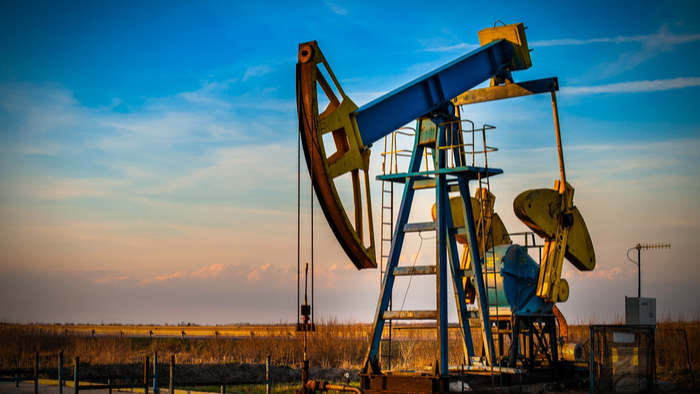While the unexpected rollover of the OPEC+ production cuts sent Brent Crude prices up to $70 a barrel, the highest oil prices in more than a year could dampen global oil demand recovery, which the OPEC+ group itself still sees as fragile.
After the surprise OPEC+ move last week, crude oil prices rallied faster and higher than many forecasters had predicted just a week ago as the market expects supply shortages amid recovering demand.
Oil at $70 a barrel is good for oil bulls, oil companies, and the oil-dependent budgets of most OPEC+ producers, but it is not good news for prices at the pump or oil-importing nations, including the key demand growth drivers China and India.
In addition, higher oil prices will put additional inflationary pressure on economies recovering from the pandemic slump and raise the prices of many goods and services, including airplane tickets and imported goods in the United States, Dion Rabouin of Axios notes.
The immediate result of OPEC+ keeping production basically unchanged in April—with small exemptions for Russia and Kazakhstan totaling 150,000 bpd—will be higher gasoline prices everywhere, from the United States to India.
The upward pressure on gasoline prices had already begun even before the OPEC+ group surprised the market by rolling over production levels and Saudi Arabia keeping its extra 1-million-bpd cut into April.
Also Read: OPEC+ to Keep Supply Mostly Steady
The alliance’s delayed easing of the cuts, however, puts $3 a gallon national U.S. average price within sight.
Recovering fuel demand in the United States on the one hand, and the rallying crude oil prices, on the other hand, could push the national average to above $3 a gallon by Memorial Day, GasBuddy said after the OPEC+ meeting last week.
The last time the U.S. national average hit $3 per gallon was in October 2014. Three years ago, in 2018, the national average came close to the $3 threshold, at $2.97 per gallon.
“Extending the production cuts maintains a growing imbalance between demand and supply, and puts more pressure on oil prices to rise, should global demand continue to recover. A continued recovery seems likely, led by American motorists filling their tanks at the fastest pace since the pandemic began. I predict the national average now has 70% odds of reaching $3 per gallon, a level not seen since 2014, primarily due to OPEC’s opposition to raising oil production,” said Patrick De Haan, head of petroleum analysis at GasBuddy.
According to Pay with GasBuddy data, U.S. gasoline demand increased on Friday by 4.9 percent week over week, to its highest level since the pandemic began. U.S. gasoline demand hasn’t seen a daily week-on-week drop since February 20, De Haan tweeted on Saturday.
Also Read: Goldman Sachs Raises Brent Price Forecast to $75
Consumers in India are also hit with high prices at the pump as the world’s third-largest oil importer directly warned OPEC+ that its unexpected decision last week has the “potential to undermine consumption-led recovery and more so hurt consumers.”
India and the world’s top oil importer China—key global demand growth drivers—could slow down oil purchases at $70 a barrel in coming weeks and months, potentially undermining the recovery in demand.
“The risk is these higher prices will dampen the tentative global recovery. But the Saudi Energy Minister, Prince Abdulaziz, is adamant OPEC+ must watch for concrete signs of a demand rise before he moves on production,” Ann-Louise Hittle, vice president, Macro Oils, at Wood Mackenzie, said, commenting on the OPEC+ rollover.
The high oil prices are also expected to put strong upward pressure on inflation, which could accelerate beyond the Fed’s targets and the targets of other monetary policy decision-makers around the world.
With the surprise OPEC+ move, OPEC’s de facto leader and top global oil exporter Saudi Arabia is betting on overtightening the market to reap higher oil revenues in the short term, gambling on expectations that U.S. shale will look at higher profits instead of production this time, unlike in any of the previous oil price spikes in recent years.
“The kingdom might be pushing its luck if it pursues the hawkish path for too long,” Vandana Hari, founder of Vanda Insights, told Bloomberg over the weekend.
The highest oil prices in more than 14 months could hurt global oil demand recovery, the very indicator that the Saudis want significantly improved before moving to ease the production cuts.
This article was culled from Oilprice.com.
